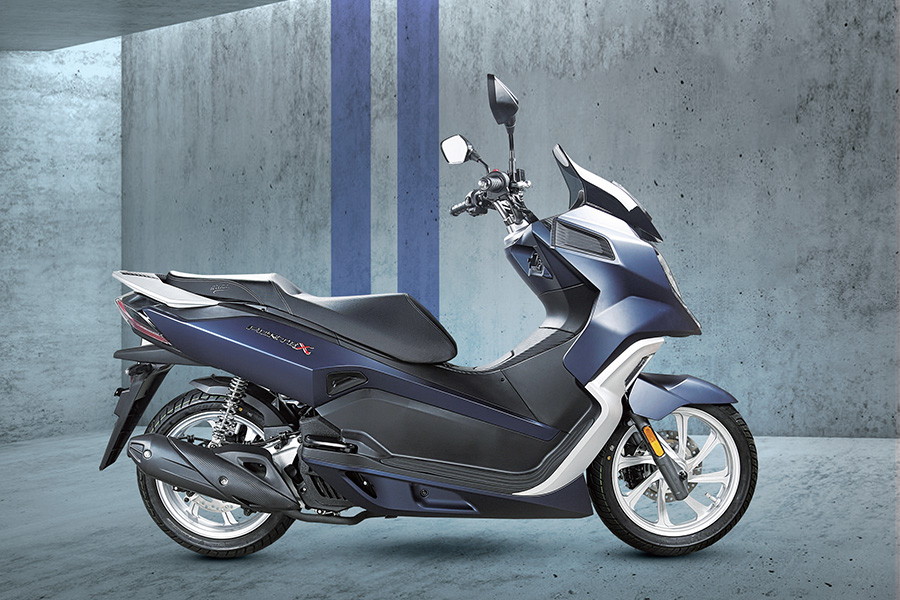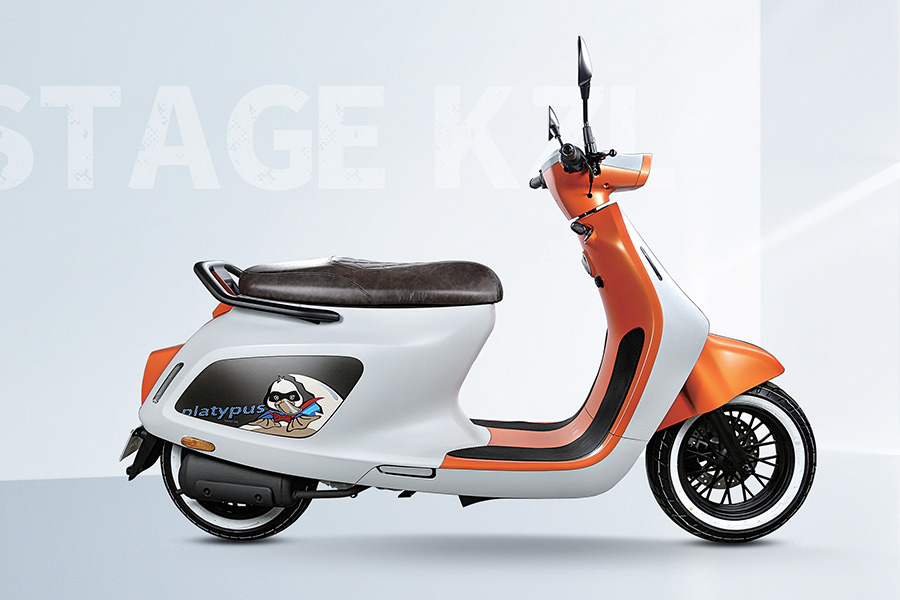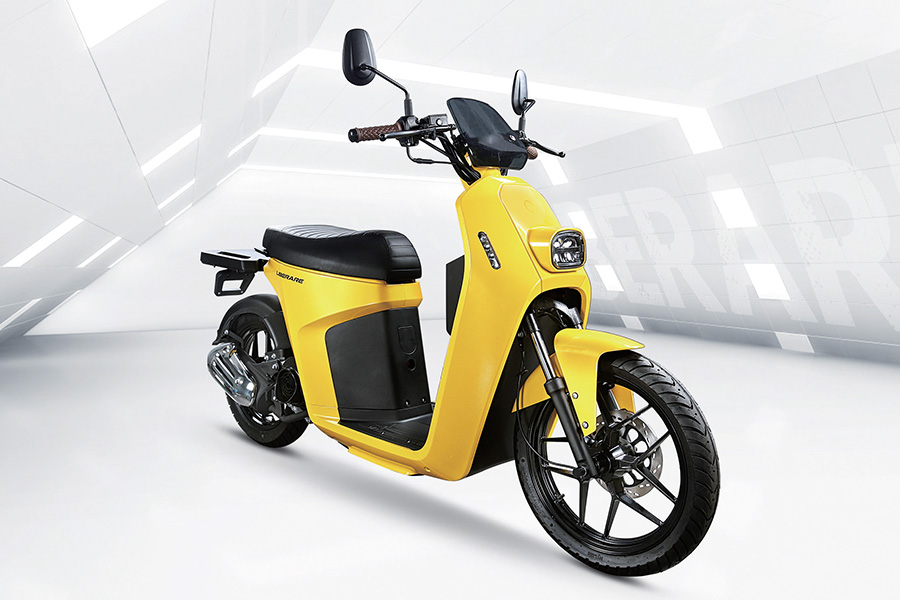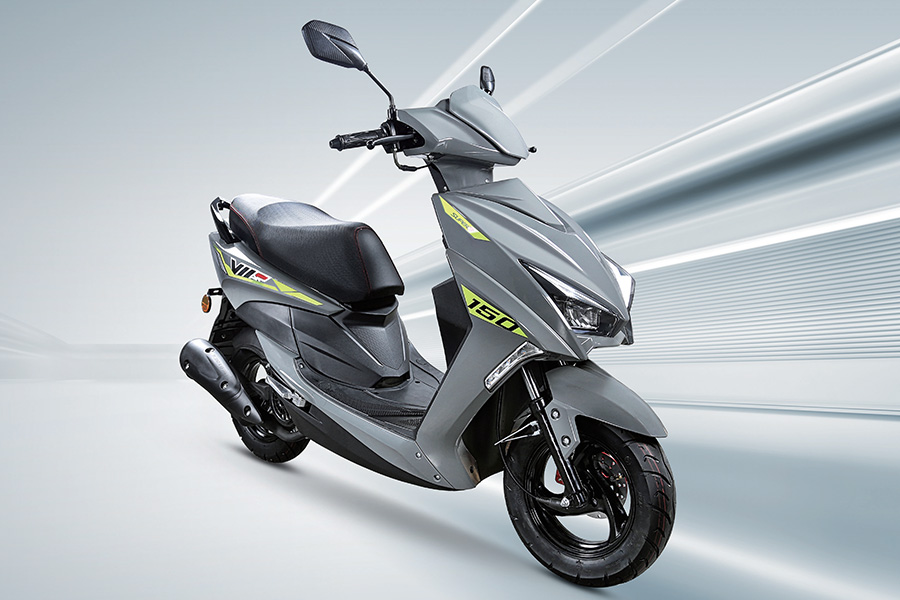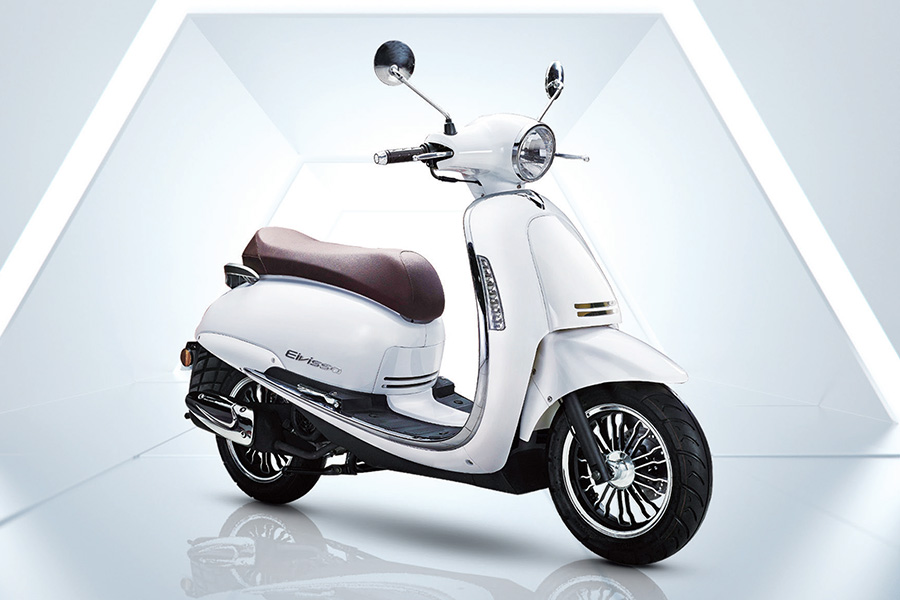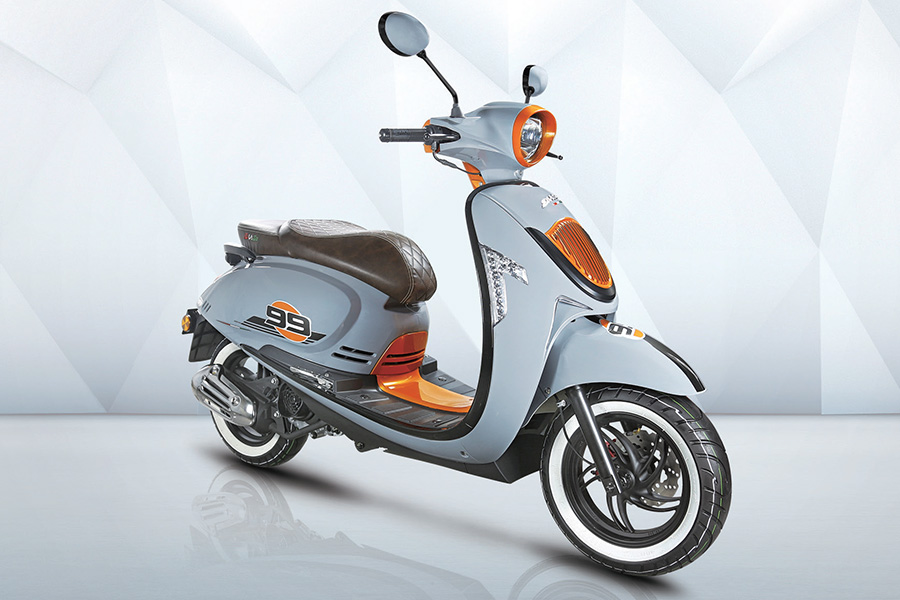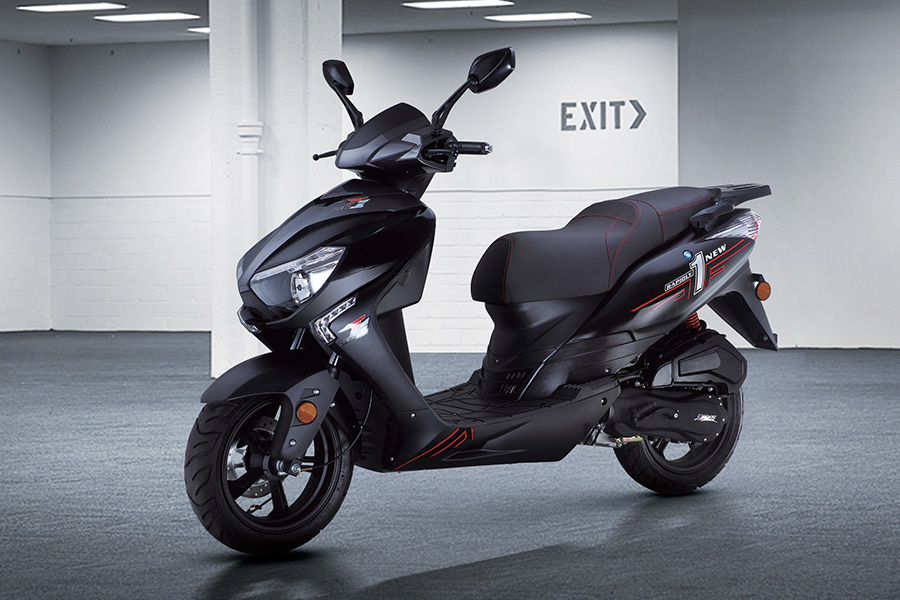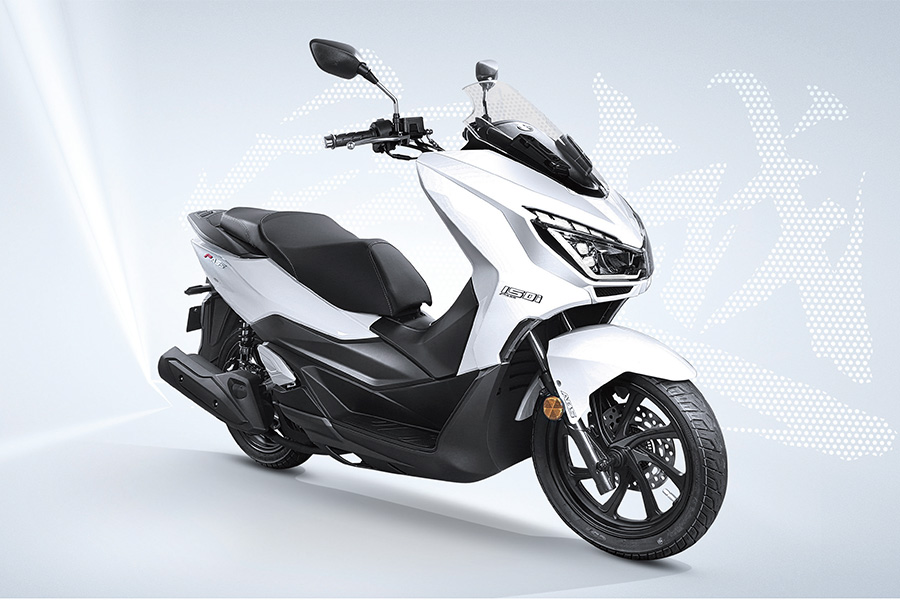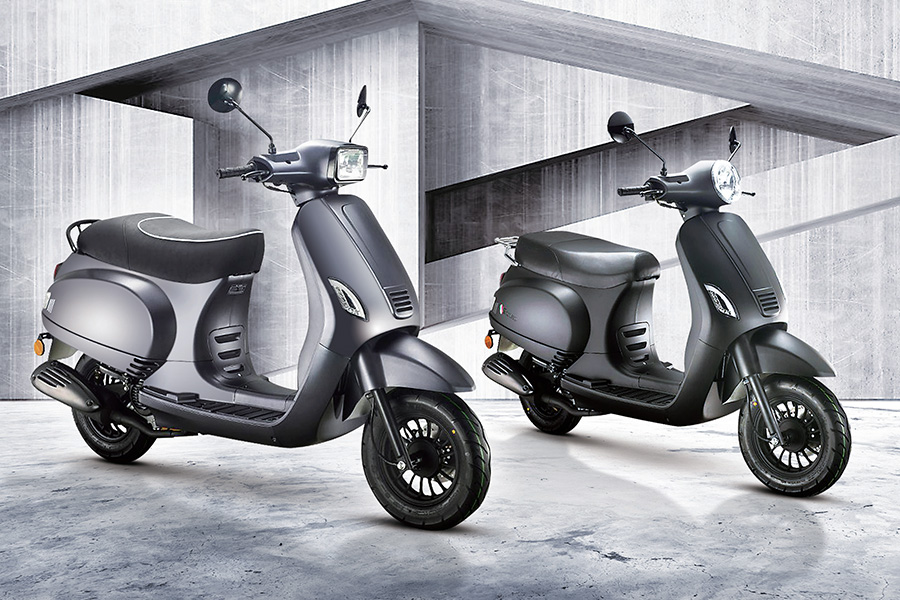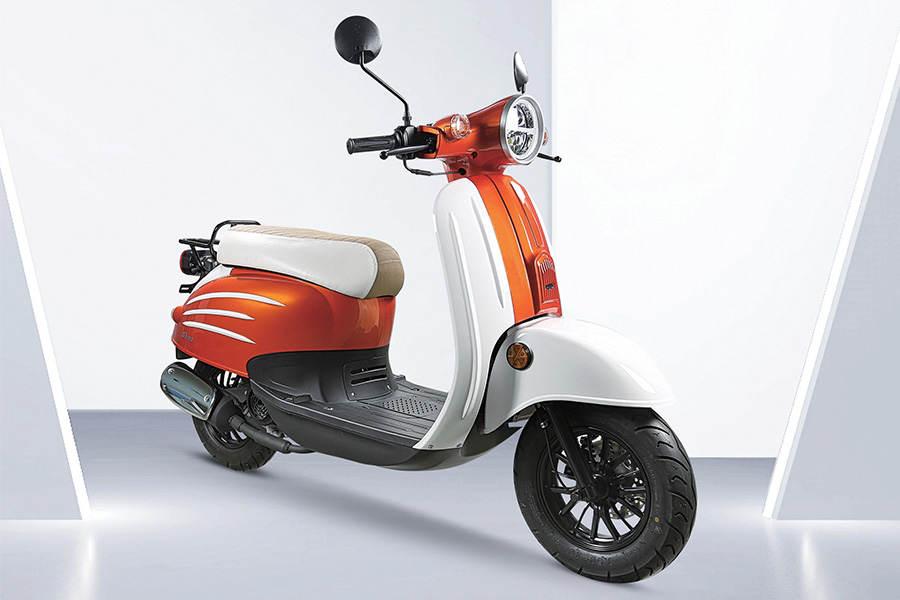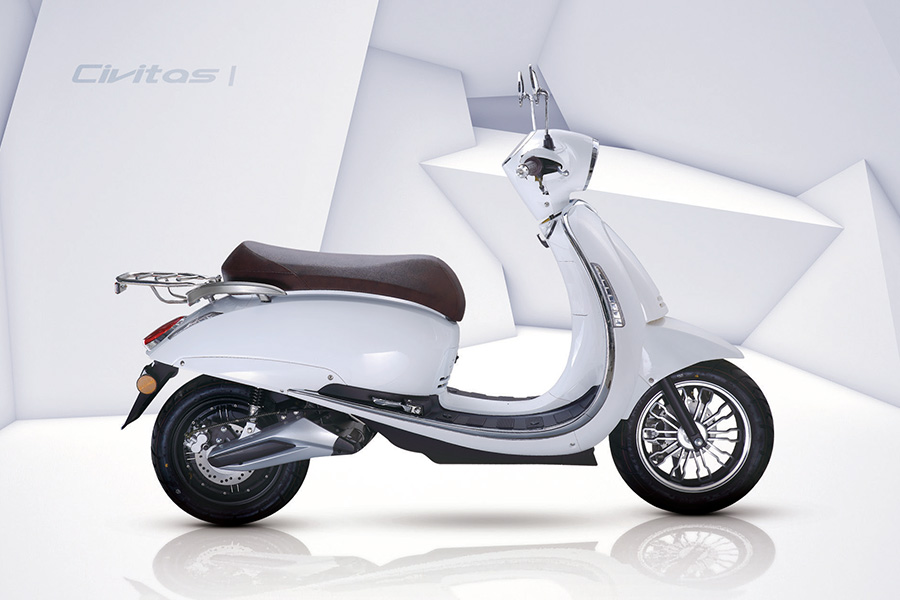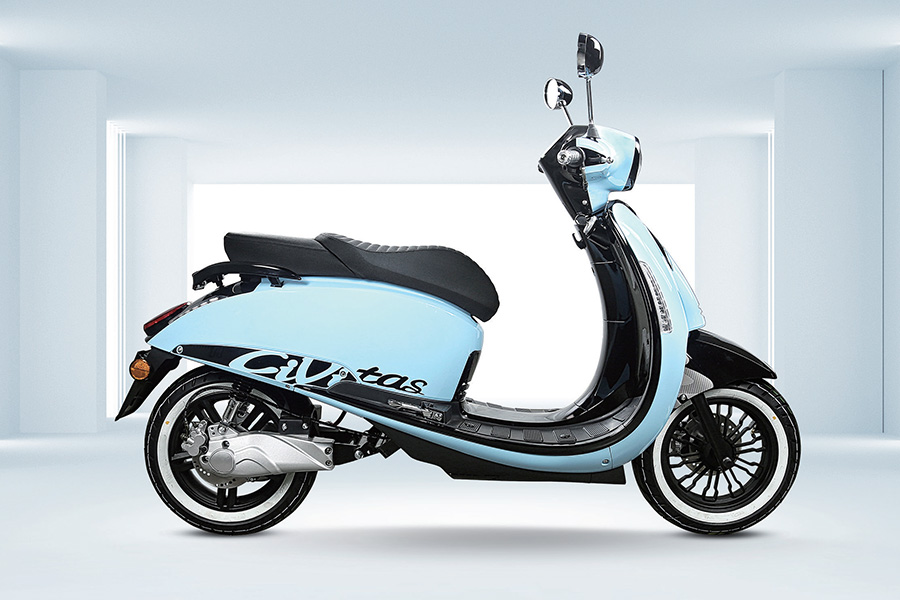Electric mopeds are emerging as a sustainable, cost-effective solution for urban transportation. These sleek, eco-friendly vehicles are not only transforming the way people commute but also offering a glimpse into the future of personal mobility. With their small footprint, zero-emissions technology, and ability to navigate crowded city streets, electric mopeds are quickly gaining popularity among environmentally conscious consumers and urban dwellers alike.
One of the main reasons for the rapid rise in the popularity of electric mopeds is the growing demand for sustainable transportation solutions. Conventional automobiles and gas-powered motorcycles are among the contributors to air pollution and greenhouse gas emissions. In contrast, electric mopeds produce zero tailpipe emissions, making them a significantly cleaner option for daily commuting. Their energy efficiency and low operational costs also appeal to environmentally conscious consumers looking to reduce their carbon footprint. Urban dwellers, in particular, are embracing electric mopeds due to their compact design, quiet operation, and convenience in congested city traffic.
Electric mopeds are also a practical solution for city commuters. In many urban areas, traffic congestion is a daily challenge that leads to long commutes, wasted time, and increased stress levels. Electric mopeds, with their ability to navigate through traffic and park easily in tight spaces, offer a more efficient and time-saving way to travel. Many cities have also introduced dedicated lanes for scooters and mopeds, further improving the convenience and safety of these vehicles.
The affordability of electric mopeds is another factor driving their popularity. While the initial purchase price of an electric moped can be higher than that of a traditional scooter, the long-term savings can be substantial. Electric mopeds are much cheaper to operate, as electricity is significantly less expensive than gasoline, and they require less maintenance. For example, electric motors have fewer moving parts than internal combustion engines, reducing the need for costly repairs and servicing. The cost of batteries has been steadily decreasing, making electric mopeds more accessible to a broader range of consumers.
Despite their many benefits, electric mopeds still face some challenges. One of the primary obstacles is range anxiety—the fear that the battery will run out of power before reaching a destination. However, advances in battery technology are steadily addressing this issue, with many new models offering longer ranges on a single charge. The infrastructure for charging electric mopeds is expanding, with more public charging stations being installed in cities to support the growing number of electric vehicles on the road.
Another challenge is the regulatory environment. In some regions, electric mopeds face restrictions related to speed limits, helmet requirements, and where they can be ridden. Because more electric mopeds appear on the roads, governments are likely to introduce new regulations to ensure their safety and integration into existing transportation systems.The regulatory landscape is gradually becoming more favorable, with some cities offering incentives for the use of electric vehicles and developing policies that encourage their adoption.
In conclusion, electric mopeds represent a transformative shift in urban transportation. With their environmental benefits, cost savings, and ability to navigate congested city streets, they are helping to reshape how we think about personal mobility.


 俄语
俄语 西班牙语
西班牙语 阿拉伯语
阿拉伯语